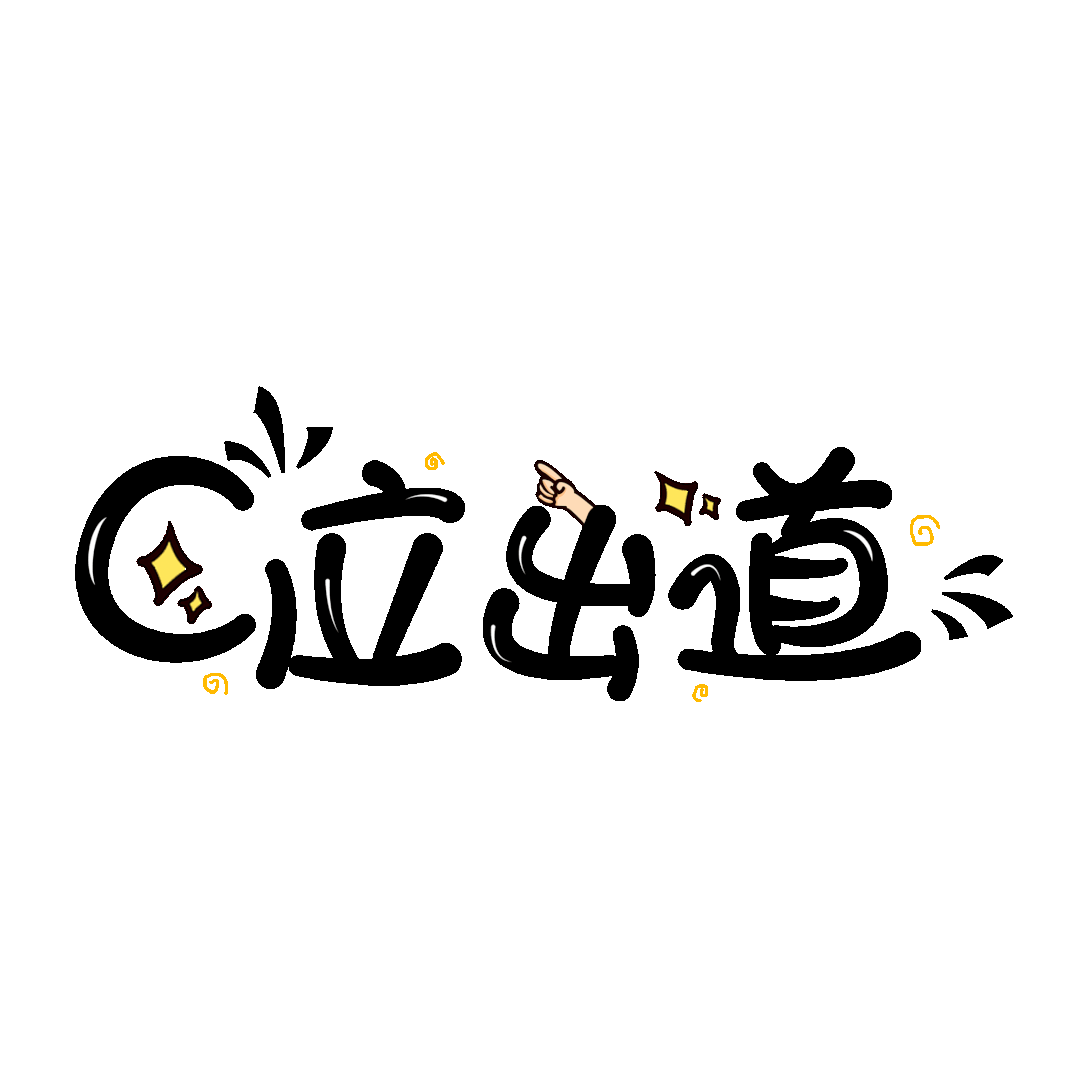еәҸеҲ—еҢ–еҸҠеҸҚеәҸеҲ—еҢ–зҡ„еә•еұӮеҺҹзҗҶд»ҠеӨ©жҲ‘们ж·ұе…ҘеҲҶжһҗдёҖдёӢJAVAеәҸеҲ—еҢ–еҸҠеҸҚеәҸеҲ—еҢ–зҡ„еҺҹзҗҶ гҖӮ
дёәдәҶж–№дҫҝиҜ»иҖ…зҗҶи§ЈпјҢдёӢйқўйҖҡиҝҮArrayListзҡ„еәҸеҲ—еҢ–жқҘеұ•ејҖд»Ӣз»ҚJavaжҳҜеҰӮдҪ•е®һзҺ°еәҸеҲ—еҢ–еҸҠеҸҚеәҸеҲ—еҢ–зҡ„ гҖӮ
еңЁд»Ӣз»ҚArrayListеәҸеҲ—еҢ–д№ӢеүҚпјҢе…ҲиҖғиҷ‘дёҖдёӘй—®йўҳпјҡ
еҰӮдҪ•иҮӘе®ҡд№үеәҸеҲ—еҢ–е’ҢеҸҚеәҸеҲ—еҢ–зҡ„зӯ–з•ҘпјҹеёҰзқҖиҝҷдёӘй—®йўҳпјҢжҲ‘们зңӢдёҖдёӢjava.util.ArrayListзҡ„жәҗз Ғпјҡ
public class ArrayList<E> extends AbstractList<E>implements List<E>, Randomaccess, Cloneable, java.io.Serializable{private static final long serialVersionUID = 8683452581122892189L;transient Object[] elementData; // non-private to simplify nested class accessprivate int size;}дёҠйқўзҡ„д»Јз ҒдёӯеҝҪз•ҘдәҶе…¶д»–жҲҗе‘ҳеҸҳйҮҸпјҢArrayListе®һзҺ°дәҶjava.io.SerializableжҺҘеҸЈпјҢжҲ‘们еҜ№е®ғиҝӣиЎҢеәҸеҲ—еҢ–еҸҠеҸҚеәҸеҲ—еҢ– гҖӮ
жҲ‘们зңӢеҲ°пјҢArrayListдёӯзҡ„elementDataиў«е®ҡд№үдёәtransientзұ»еһӢпјҢиҖҢиў«е®ҡд№үдёәtransientзұ»еһӢзҡ„жҲҗе‘ҳеҸҳйҮҸдёҚдјҡиў«еәҸеҲ—еҢ–иҖҢдҝқз•ҷдёӢжқҘ гҖӮ
жҲ‘们еҶҷдёҖдёӘDemoпјҢйӘҢиҜҒдёҖдёӢжҲ‘们зҡ„жғіжі•пјҡ
public static void main(String[] args) throws IOException, ClassNotFoundException {List<String> stringList = new ArrayList<String>();stringList.add("hello");stringList.add("world");stringList.add("hollis");stringList.add("chuang");System.out.println("init StringList" + stringList);ObjectOutputStream objectOutputStream = new ObjectOutputStream(newFileOutputStream("stringlist"));objectOutputStream.writeObject(stringList);IOUtils.close(objectOutputStream);File file = new File("stringlist");ObjectInputStream objectInputStream = new ObjectInputStream(newFileInputStream(file));List<String> newStringList = (List<String>)objectInputStream.readObject();IOUtils.close(objectInputStream);if(file.exists()){file.delete();}System.out.println("new StringList" + newStringList);}// init StringList[hello, world, hollis, chuang]// new StringList[hello, world, hollis, chuang]дәҶи§ЈArrayListзҡ„иҜ»иҖ…йғҪзҹҘйҒ“пјҢArrayListеә•еұӮжҳҜйҖҡиҝҮж•°з»„е®һзҺ°зҡ„ гҖӮйӮЈд№Ҳж•°з»„elementDataе…¶е®һе°ұжҳҜз”ЁжқҘдҝқеӯҳеҲ—иЎЁдёӯзҡ„е…ғзҙ зҡ„ гҖӮйҖҡиҝҮиҜҘеұһжҖ§зҡ„еЈ°жҳҺж–№ејҸжҲ‘们зҹҘйҒ“пјҢе®ғжҳҜж— жі•йҖҡиҝҮеәҸеҲ—еҢ–жҢҒд№…еҢ–дёӢжқҘзҡ„ гҖӮ
йӮЈд№Ҳдёәд»Җд№ҲдёҠйқўд»Јз Ғзҡ„з»“жһңеҚҙйҖҡиҝҮеәҸеҲ—еҢ–е’ҢеҸҚеәҸеҲ—еҢ–жҠҠListдёӯзҡ„е…ғзҙ дҝқз•ҷдёӢжқҘдәҶе‘ўпјҹ
1. writeObject е’ҢreadObject ж–№жі•еңЁArrayListдёӯе®ҡд№үдәҶдёӨдёӘж–№жі•пјҡwriteObjectе’ҢreadObject гҖӮ
иҝҷйҮҢе…Ҳз»ҷеҮәз»“и®әпјҡеңЁеәҸеҲ—еҢ–иҝҮзЁӢдёӯпјҢеҰӮжһңиў«еәҸеҲ—еҢ–зҡ„зұ»дёӯе®ҡд№үдәҶwriteObjectе’ҢreadObjectж–№жі•пјҢйӮЈд№ҲиҷҡжӢҹжңәдјҡиҜ•еӣҫи°ғз”ЁеҜ№иұЎзұ»дёӯзҡ„writeObjectе’ҢreadObjectж–№жі•иҝӣиЎҢз”ЁжҲ·иҮӘе®ҡд№үзҡ„еәҸеҲ—еҢ–е’ҢеҸҚеәҸеҲ—еҢ–ж“ҚдҪң гҖӮ
еҰӮжһңжІЎжңүиҝҷж ·зҡ„ж–№жі•пјҢеҲҷй»ҳи®Өи°ғз”Ёзҡ„жҳҜObjectOutputStreamзҡ„defaultWriteObjectж–№жі•е’ҢObjectInputStreamзҡ„defaultReadObjectж–№жі• гҖӮ
з”ЁжҲ·иҮӘе®ҡд№үзҡ„writeObjectе’ҢreadObjectж–№жі•е…Ғи®ёз”ЁжҲ·жҺ§еҲ¶еәҸеҲ—еҢ–зҡ„иҝҮзЁӢпјҢжҜ”еҰӮеҸҜд»ҘеңЁеәҸеҲ—еҢ–зҡ„иҝҮзЁӢдёӯеҠЁжҖҒж”№еҸҳеәҸеҲ—еҢ–зҡ„ж•°еҖј гҖӮ
дёӢйқўзңӢдёҖдёӢиҝҷдёӨдёӘж–№жі•зҡ„е…·дҪ“е®һзҺ°пјҡ
private void readObject(java.io.ObjectInputStream s)throws java.io.IOException, ClassNotFoundException {elementData = https://www.isolves.com/it/cxkf/yy/JAVA/2022-08-10/EMPTY_ELEMENTDATA;// Read in size, and any hidden stuffs.defaultReadObject();// Read in capacitys.readInt(); // ignoredif (size > 0) {// be like clone(), allocate array based upon size not capacityensureCapacityInternal(size);Object[] a = elementData;// Read in all elements in the proper order.for (int i=0; i
2. дёәд»Җд№ҲдҪҝз”ЁtransientArrayListе®һйҷ…дёҠжҳҜеҠЁжҖҒж•°з»„пјҢжҜҸж¬ЎеңЁж”ҫж»Ўд»ҘеҗҺиҮӘеҠЁеўһй•ҝи®ҫе®ҡзҡ„й•ҝеәҰеҖјпјҢеҰӮжһңж•°з»„иҮӘеҠЁеўһй•ҝзҡ„й•ҝеәҰи®ҫдёә100пјҢиҖҢе®һйҷ…еҸӘж”ҫдәҶ1дёӘе…ғзҙ пјҢйӮЈд№Ҳе°ұдјҡеәҸеҲ—еҢ–99дёӘnullе…ғзҙ гҖӮдёәдәҶдҝқиҜҒдёҚдјҡеҜ№иҝҷд№ҲеӨҡnullе…ғзҙ еҗҢж—¶иҝӣиЎҢеәҸеҲ—еҢ–пјҢArrayListжҠҠе…ғзҙ ж•°з»„и®ҫзҪ®дёәtransient гҖӮ
3. дёәд»Җд№ҲйҮҚеҶҷwriteObject е’ҢreadObjectеүҚйқўиҜҙиҝҮпјҢдёәдәҶйҳІжӯўдёҖдёӘеҢ…еҗ«еӨ§йҮҸз©әеҜ№иұЎзҡ„ж•°з»„иў«еәҸеҲ—еҢ–пјҢд»ҘеҸҠдјҳеҢ–еӯҳеӮЁпјҢArrayListдҪҝз”ЁtransientжқҘеЈ°жҳҺelementData гҖӮ
дҪҶжҳҜпјҢдҪңдёәдёҖдёӘйӣҶеҗҲпјҢеңЁеәҸеҲ—еҢ–иҝҮзЁӢдёӯиҝҳеҝ…йЎ»дҝқиҜҒе…¶дёӯзҡ„е…ғзҙ еҸҜд»Ҙиў«жҢҒд№…еҢ–дёӢжқҘпјҢжүҖд»ҘпјҢйҖҡиҝҮйҮҚеҶҷwriteObjectе’ҢreadObjectж–№жі•зҡ„ж–№ејҸжҠҠе…¶дёӯзҡ„е…ғзҙ дҝқз•ҷдёӢжқҘ гҖӮ
в—Ҹ writeObjectж–№жі•жҠҠelementDataж•°з»„дёӯзҡ„е…ғзҙ йҒҚеҺҶең°дҝқеӯҳеҲ°иҫ“еҮәжөҒпјҲObjectOutputStreamпјүдёӯ гҖӮ
жҺЁиҚҗйҳ…иҜ»
- |иҒҢеңәдёӯжңүе“Әдәӣеёёи§Ғзҡ„еҘ—и·Ҝпјҹ
- и…ҫи®Ҝ|зҰҸеёғж–Ҝ2022дёӯеӣҪж•°еӯ—з»ҸжөҺ100ејәеҮәзӮүпјҡи…ҫи®Ҝ第дёҖ е°Ҹзұіз¬¬еҚҒ
- е№је„ҝеӣӯдёӯзҸӯи®ЎеҲ’зІҫеҚҺзҜҮ дёӯзҸӯзҸӯеҠЎи®ЎеҲ’
- дёӯеӯҰз”ҹеҺҹеҲӣ科幻дҪңж–Ү?жўҰеӣһе”җжңқ жўҰеӣһе”җжңқдҪңж–Ү
- |29еІҒеӨұдёҡдёӯе№ҙйғҺзҡ„иҮӘиҝ°пјҡиҒҢеңәйҒҮеҲ°дёҚе…¬
- иҖҒе№ІеҰҲжІ№иҫЈжӨ’зҡ„еҒҡжі•
- йёӯиЎҖеҗғеӨҡдәҶдјҡжҖҺд№Ҳж ·
- жІ№й—·иҫЈжӨ’зҡ„еҒҡжі•
- жҺЁиҚҗеҮ йғЁжҲ‘еҝғдёӯеҘҪзңӢзҡ„з©ҝи¶Ҡеү§ жҜ”иҫғеҘҪзңӢзҡ„з©ҝи¶Ҡеү§
- |иҒҢеңәдёӯеҒ·жҮ’жҮ’жғ°зҡ„дәәпјҢйғҪжҳҜиҝҷж ·еҒҡзҡ„


















